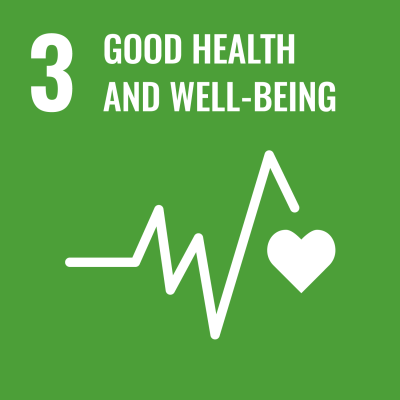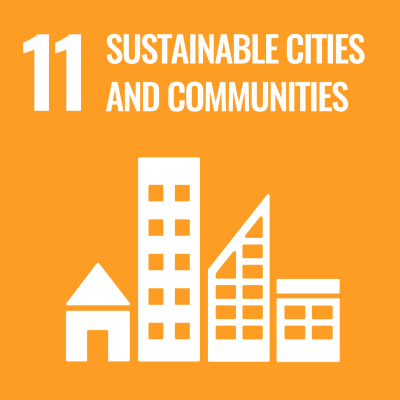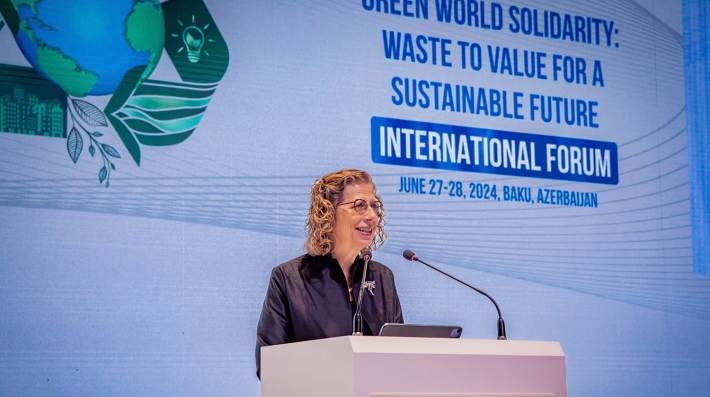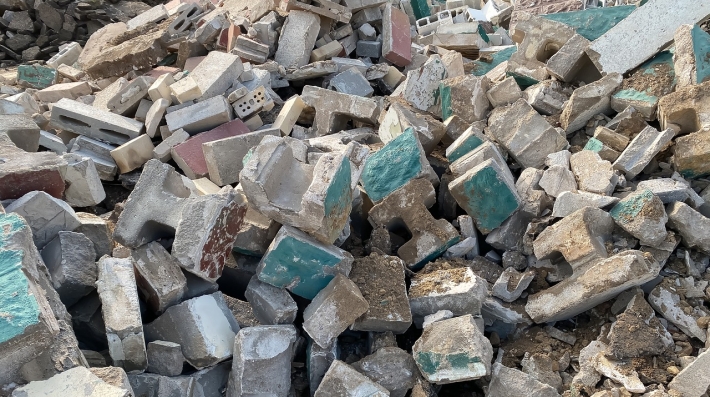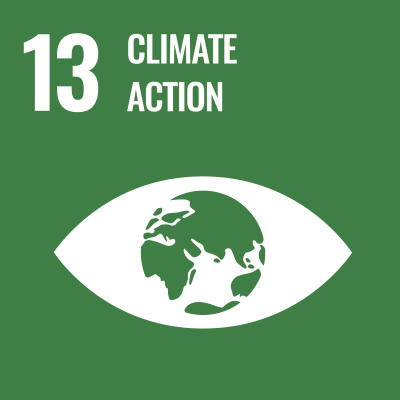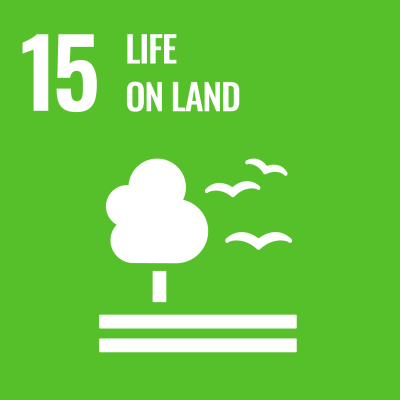For billions of people across the developing world, particularly children and women, mealtime starts by firing up a kerosene stove, lighting a charcoal grill or setting some logs ablaze.
The problem: much of this cooking happens inside and the smoke it produces is laced with toxic particles. This type of household air pollution led to 3.1 million premature deaths in 2021 and is part of a larger crisis driving climate change and biodiversity loss.
“Household air pollution is one of the world’s greatest public health threats and it is particularly harmful for children,” says Martina Otto, Head of Secretariat of the Climate and Clean Air Coalition of the United Nations Environment Programme (UNEP).
“But the good news is that cleaner cooking technology is plentiful, relatively inexpensive, and already helping to save lives. The challenge now is to get this technology into the hands of more people.”
Yet, household air pollution is still the most underinvested health and environmental problem in the world.
On 7 September, International Day of Clean Air for blue skies takes place, which is designed to raise awareness about the dangers of air pollution. Ahead of the Day, here’s a closer look at the causes of household air pollution, and how cleaner cooking methods can save lives, counter climate change and slow biodiversity loss.
How widespread is household air pollution?
Worldwide, nearly one in three people cook on inefficient stoves or over open fires, breathing in harmful smoke from so-called solid fuels such as wood, charcoal and animal dung. The problem is especially acute in Africa, where nearly four in five people are exposed to household air pollution. That is part of a larger air pollution crisis. Some 99 per cent of the world breathes household or outdoor air that the World Health Organization considers unsafe.
What exactly is household air pollution?
There are many types of indoor air pollutants, including mould, asbestos and carbon monoxide. But when experts refer to household air pollution, they’re talking specifically about the contaminants that arise from inefficient stoves and open fires. Among the most damaging of these are microscopic specs of dirt, dust, smoke, soot and black carbon known as fine particulate matter.
What does household air pollution do to the human body?
Fine particulate matter less than 10 microns in size – which is less than the width of a human hair – can enter the lungs and bloodstream. From there, it can cause serious health problems, including pneumonia, heart disease, stroke and lung cancer, low birthweight and stillbirths.
Who suffers the most from household air pollution?
Household air pollution is devastating for everyone. It led to the premature deaths of an estimated 3.1 million people in 2021. Children are especially vulnerable because they breathe at a faster rate than adults – meaning they inhale more pollutants – and their immune systems are still developing, leaving them less able to fight off disease. In 2021, household air pollution led to the deaths of 237,000 children under five. Household air pollution also disproportionately affects women, as they are most often doing the cooking. In Africa, women and children account for 60 per cent of early deaths related to smoke inhalation and household air pollution, according to the International Energy Agency.
What is clean cooking?
The most common definition of clean cooking is any fuel and stove combination that meets World Health Organization’s guidelines for indoor air quality. That usually includes stoves powered by electricity, biogas, ethanol and liquid petroleum gas, which are cleaner and more efficient than their solid fuel cousins. It can also include stoves that use high-efficiency charcoal and biomass pellets; these devices produce less smoke than traditional biomass stoves.
While from a health perspective all these options are better than cooking on open fires or traditional biomass stoves, there are differences between them with regards to their impact on the climate and local environment. While liquid petroleum gas is highly efficient and emits less carbon dioxide than biomass fuels – which are most often not renewed and drive local land degradation – it is a fossil fuel and hence unsustainable in the longer run. Biogas and bio-ethanol fuels are also efficient, clean burning and theoretically renewable, though they face challenges with storage and the amount of arable land needed to grow feedstocks that produce the fuel. This leaves highly efficient electric cooking appliances with the most potential for rapid deployment of clean and low-carbon cooking solutions, particularly given the trend to invest in renewable power generation, both grid and off-grid.
How does clean cooking protect biodiversity?
Globally, more than half the trees that are cut down are used for firewood and charcoal. As these forests fall, they take with them habitats home to a huge array of plants, animals and other life forms. Switching to cleaner fuels – such as kerosene and natural gas – can help counter deforestation and an alarming rise in biodiversity loss.
How does clean cooking help prevent climate change?
The use of high-polluting cooking fuels, such as coal and firewood, produces as much planet-warming carbon dioxide as the aviation sector. Switching to cleaner appliances, such as electric stoves, can help lower those emissions, says John Christensen, Director of the UNEP Copenhagen Climate Centre. This type of technology is increasingly within the reach of poor households in developing nations, he adds. Countries, including many in Africa, are rapidly expanding their power generation based on renewable energy at the same time companies are producing small, affordable solar power systems for households not connected to the electric grid. “The good news is that technological development and cost reductions have made electric cooking increasingly affordable,” says Christensen.
Is the world making progress on clean cooking?
Yes. Since 1990, the number of people mainly using polluting cooking fuels fell from more than half the global population to 29 per cent in 2021, which has led to a 36 per cent reduction in deaths from household air pollution since 2000. This is also due to efforts to extend grid electricity and to provide households with cleaner fuels and cleaner-burning cookstoves. Yet, access to clean energy is still limited in South Asia and parts of Africa, where hundreds of millions of people still rely on solid fuels for cooking and heating.
How can the world scale up clean cooking?
Household air pollution is still the most underinvested health and environmental problem in the world. That needs to change. Globally, US$10 billion a year is needed by 2030 to achieve universal access to clean cooking, according to the International Energy Agency. Current investments are just a fraction of that. “Given the technological advances and price reductions in solar-based cooking technologies, we need to ensure that there is affordable financing for households to purchase them,” Otto says. She also underscores the importance of highlighting clean cooking targets – particularly electric cooking goals – in countries’ nationally determined contributions, a series of climate-change-related pledges due in 2025.
The International Day of Clean Air for blue skies held annually on 7 September and facilitated by the UN Environment Programme (UNEP), raises awareness about the importance of clean air for health, productivity, the economy and the environment. This year’s theme “Invest in #CleanAirNow” underscores the economic, environmental and health benefits of investing in clean air.
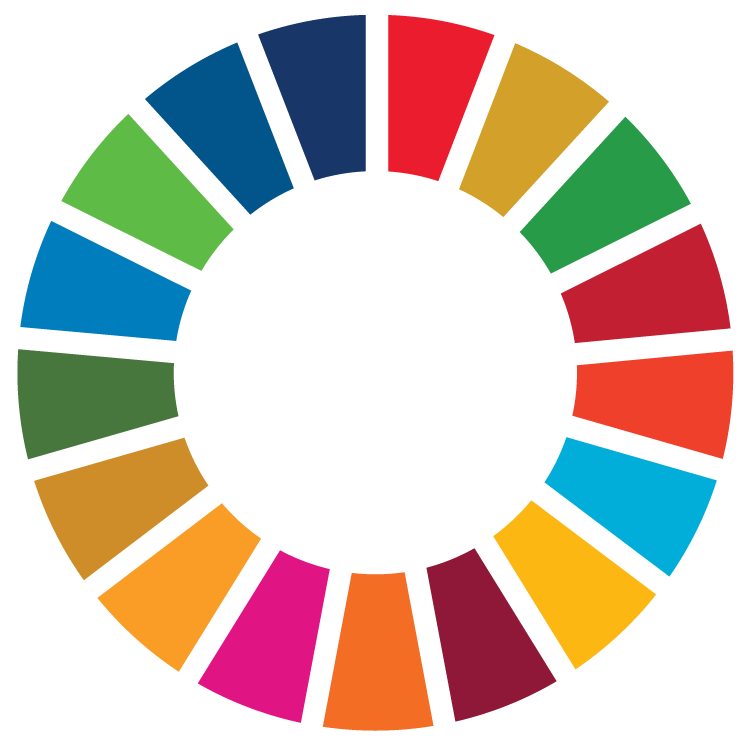
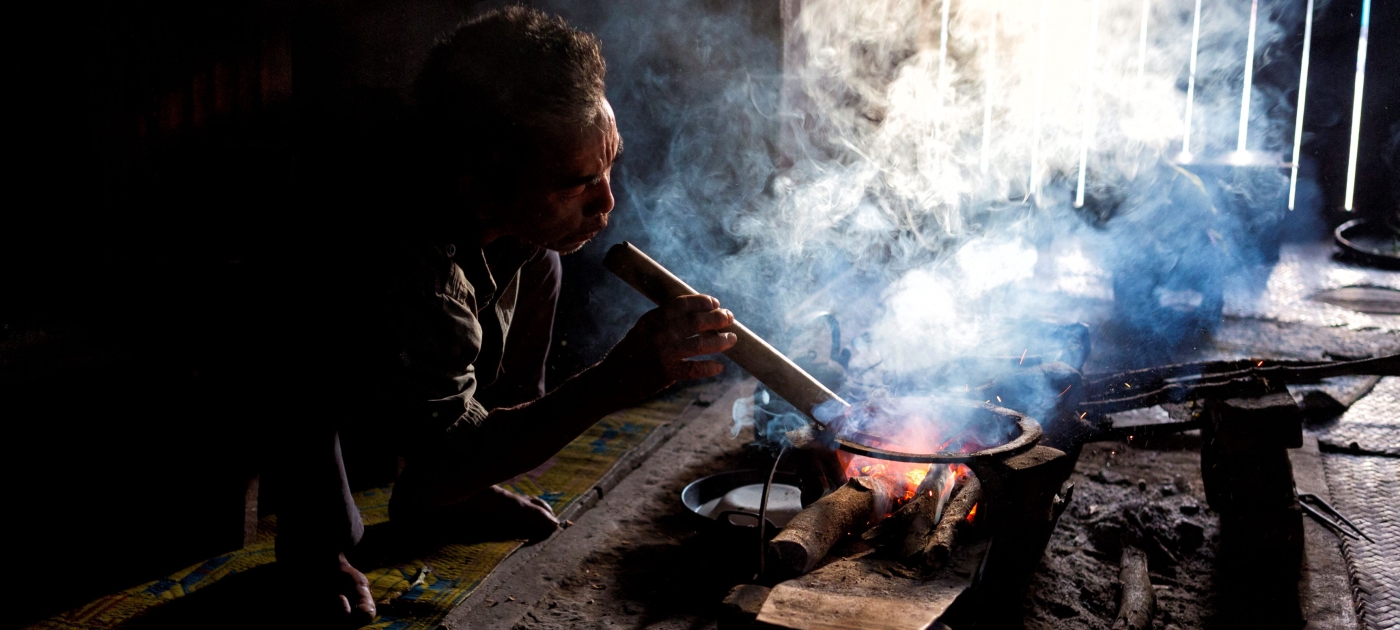
2133.jpg)

